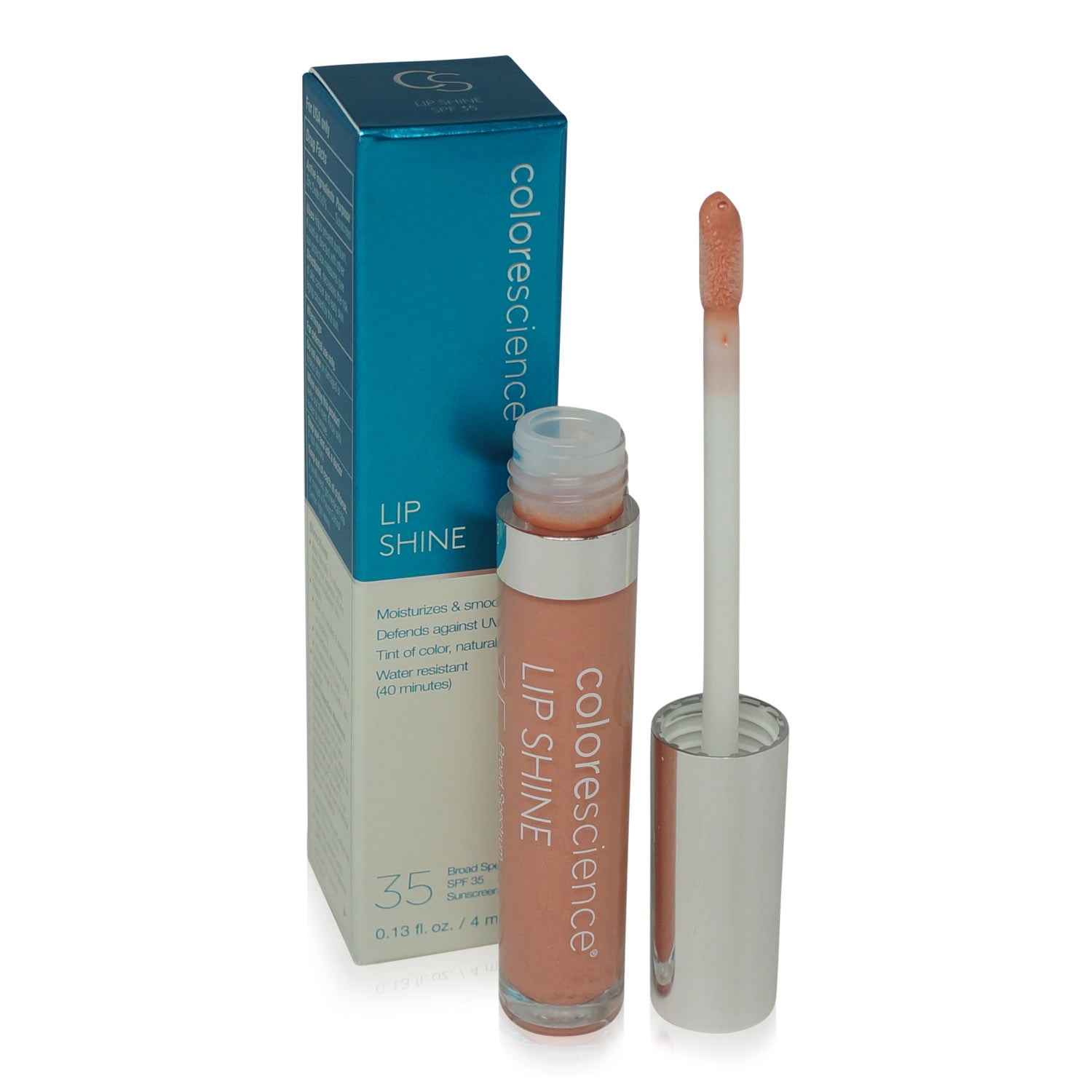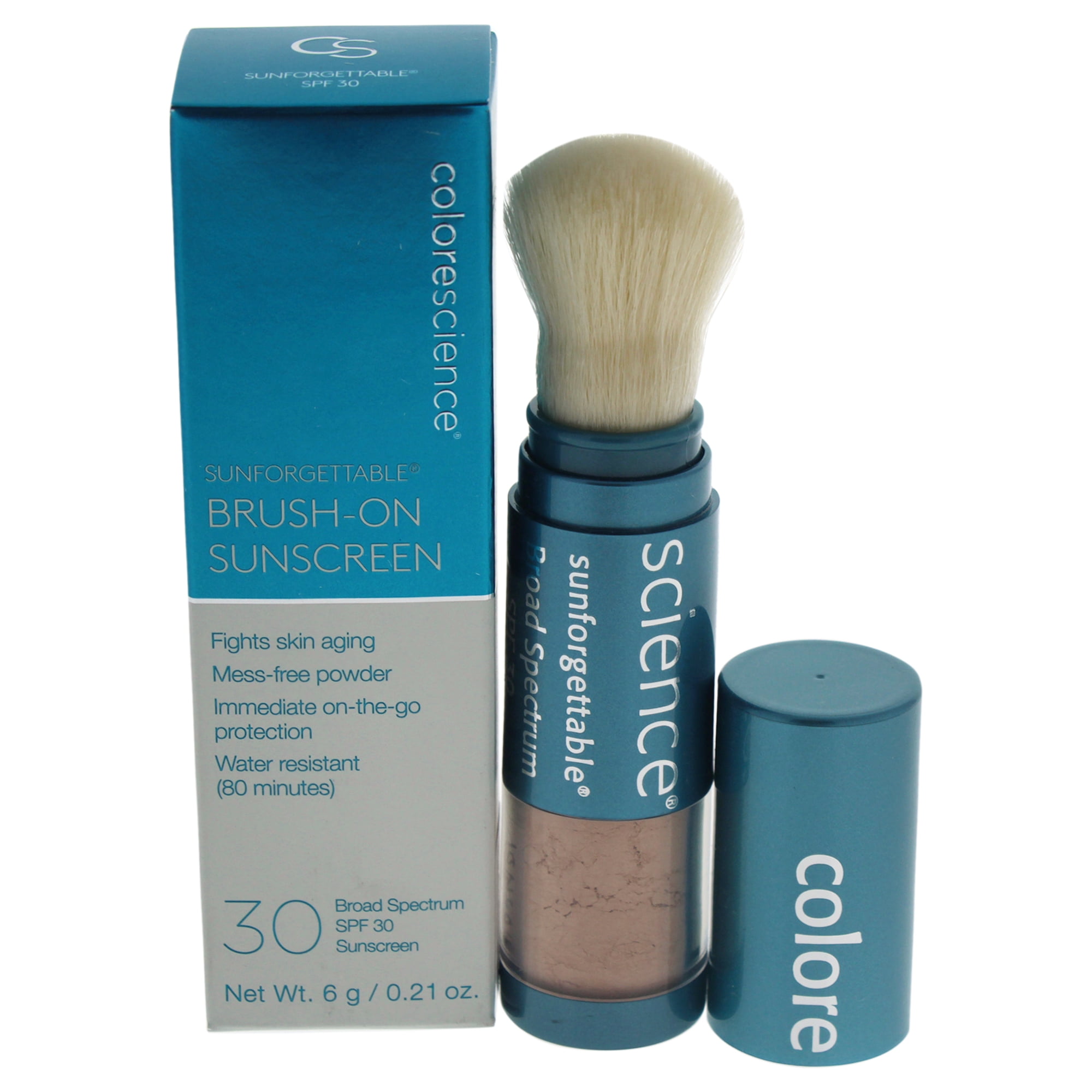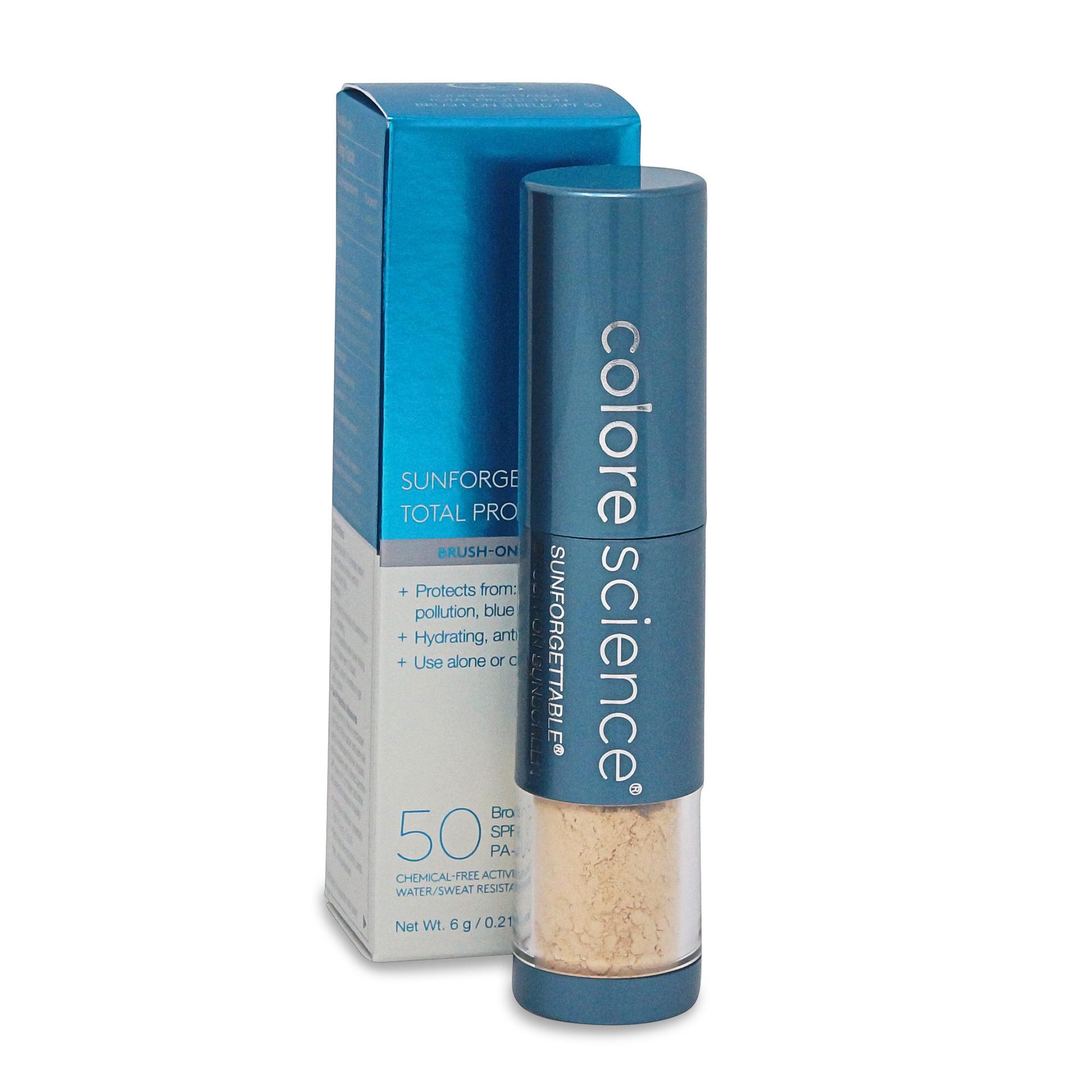

Colorescience spf skin#
Titanium and zinc oxide are well tolerated by all skin types, including sensitive, and less likely to cause a reaction. These block a wide range of UV wavelengths and are photostable, meaning you don’t have to reapply as frequently (though you should still stick to the two-hour rule). There are two main ingredients that act as physical blockers-titanium and zinc oxide.

Mineral sunscreens act as a physical barrier between you and UV rays, scattering the light when it hits your skin. Chemical sunscreens tend to be more irritating, as allergies to the active ingredients are more common. Some chemicals have been linked to endocrine disruption, although the data isn’t conclusive. Second, there have been studies suggesting that chemical sunscreen ingredients like oxybenzone and octinoxate can seep into water while you swim and bleach coral reefs. The first: They need to be applied more often than mineral sunscreens because they’re not photostable and break down upon exposure to UV light. There are a few drawbacks with chemical sunscreens. Because of their properties, chemical filters tend to be more cosmetically elegant and can be formulated into lightweight moisturizers and oils. This process takes about 15 minutes, so if you’re using chemical sunscreen filters, then you should be giving yourself at least that much time before heading outdoors.

These work by absorbing the sun’s rays, turning it into heat, then releasing said heat through skin. Chemical sunscreens use organic materials like oxybenzone, avobenzone, homosalate, octinoxate, octocrylene, and octisalate to offer sun protection. There are two types of sunscreen filters: chemical and mineral. (Their recommendations inform which formulas I test.) And remember: These sunscreens should be used in addition to hats and protective clothing, and wearing any of them doesn’t excuse you from spending time in the shade, since no sunscreen can completely prevent sun damage.) I also asked Stein and 11 more dermatologists and skin-care professionals to weigh in on sunscreens for different skin types and activities. You’ll find results from those hands-on trials below. To find the best facial sunscreens, I’m testing out several different formulas over the next few months. This can be tricky, though, especially if you’re prone to breakouts or have sensitive skin. You should always reapply sunscreen after every two hours in the sun, Stein says, even if you don’t burn easily.

Jennifer Stein, a dermatologist at NYU Langone Health, says everyone should generally look for s unscreens with broad-spectrum coverage (which protects against UVB rays that cause burning and UVA rays that cause lasting damage) and an SPF of 30 or higher, and she notes that a high SPF doesn’t mean you can go hours without reapplying. It helps with everything from hyperpigmentation to fine lines to acne, and protects skin from sun damage, which can lead to a host of other problems. Nearly every skin concern can be exasperated by not wearing SPF. It’s a daily must-do, right up there with washing your face. After years of beauty reporting and countless conversations with dermatologists and estheticians, I’ve learned that sunscreen is a nonnegotiable, year-round thing.


 0 kommentar(er)
0 kommentar(er)
